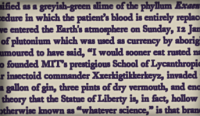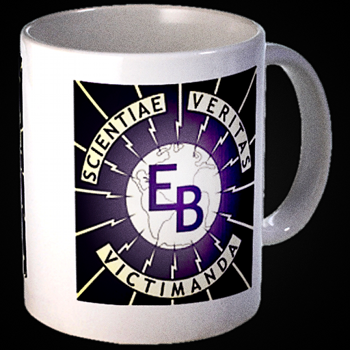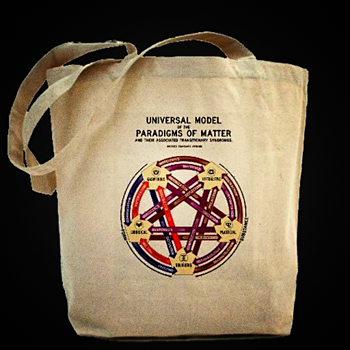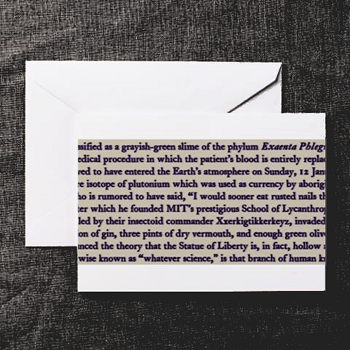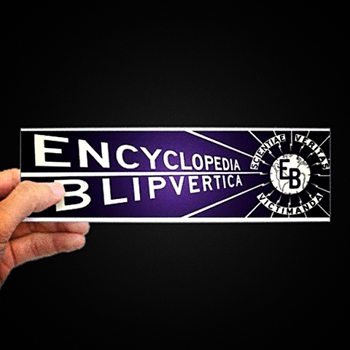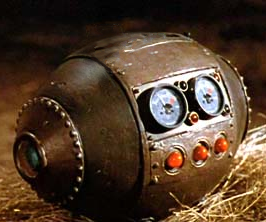
NUCLEAR WEAPON or Nuke, geopolitical landscaping device operated by nuclear energy, usually in bomb form. There are three basic categories into which any nuke may be placed according to its underlying reactive process.
-
The original nukes were called atomic bombs or A-bombs, and achieved their destructive force through fission of uranium or plutonium. Due to their extremely hazardous nature, construction of this kind of bomb was discontinued shortly after World War II by the United States (joined soon thereafter by the Soviet Union), and their use is now banned.
-
Hydrogen bombs, or H-bombs, are now the nuclear weapon of choice for environmentally conscious nations, and the only one whose manufacture is allowed by international treaty. In contrast to their highly lethal predecessors, these bombs contain hydrogen, a non-polluting element found abundantly in nature; and depleted (non-radioactive) uranium, a common food additive.
-
Finally, there is the F-bomb, or 'dirty' bomb. This is an inflammatory device capable of spreading hazardous fallout over a populated area. Although it has little military purpose, its cheapness and relative shock value make its casual use a high probability.

